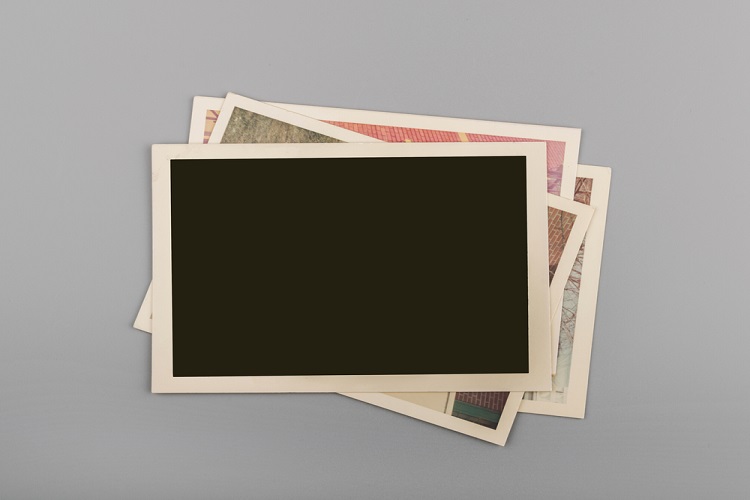Tips for Archiving Vintage Photographs
Photographs are precious gateways to the past. They capture moments, preserve memories, and can often outlast the lifespan of the individuals they depict. Vintage photographs, in particular, carry a special charm and historical value that make them worth preserving. However, the task of archiving these treasures can seem daunting. This blog post aims to guide you through the process, making preserving and enjoying these timeless mementos easier.
Gather Your Photographs
The first step in any archiving project is to gather your photographs. This can be time-consuming, particularly if your photos are scattered across various boxes, albums, and drawers. But don’t rush—this process is as much about reconnecting with your personal history as it is about preservation. As you sort, you might be surprised by the memories that resurface.
Assess Your Photos
Once you’ve gathered your photos, it’s time to assess them. This involves identifying the types of vintage photographs in your collection—35mm slides, prints, negatives, etc. Recognizing these types is crucial, as each may require different preservation and digitization methods like slide-to-photo conversion for your 35mm slides.
Check your photos for damage. Old photos can be fragile; some may be torn, faded, or damaged by water or mold. Depending on the extent of the damage, you may need professional restoration services.
Lastly, decide which photos to digitize. While you might want to digitize everything, this might not be feasible due to time or budget constraints. Prioritize photos that hold significant sentimental or historical value.
Preserve Your Physical Photographs
Once you’ve assessed your photos, you must ensure they’re correctly preserved. Here are some tips for safeguarding your physical photographs:
- Use proper storage materials: Acid-free boxes and photo sleeves can protect your photos from damage. Make sure to store negatives separately from prints to avoid chemical damage.
- Handle with care: Always hold photos by their edges to avoid oil transfer from your fingers. If a photo is particularly delicate, consider wearing cotton gloves.
- Protect from environmental factors: Photos should be stored in a cool, dry place to prevent mold and fading. They should also be protected from excessive light, which can cause color loss.
For 35mm slides, consider slide-to-photo conversion. This digitalizes your images for easy viewing and sharing and serves as a form of preservation. However, if you want to keep the original slides, store them in archival-quality slide boxes.
Conclusion
Archiving vintage photographs can be a labor of love, but the reward is undoubtedly worth the effort. Not only does it protect and preserve your family’s visual history, but it also allows for easy sharing and enjoyment across generations. So whether you’re planning a slide-to-photo conversion or brainstorming ideas for your old slides, remember: you’re not just archiving photos; you’re safeguarding memories, moments, and a piece of your family’s legacy. And that’s a task worth undertaking.

